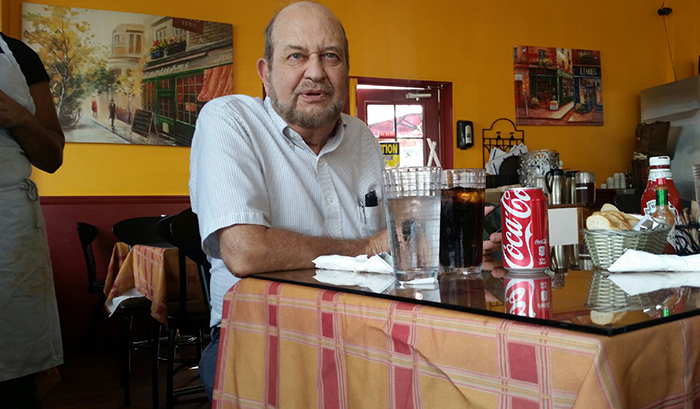As recently as last July, just 22 percent of Californians favored the idea of California risking a new civil war by declaring its independence from the rest of America. But barely six months later, a Reuters/Ipsos poll found support for California exiting the Union peacefully had moved above 40 percent.
That’s not a majority, by a long shot. But it is almost a doubling of support, and the reason consists of one name: President Trump.
Several of the record-number executive orders Mr. Trump issued during his first weeks in office implied he has it in for the Golden State which voted very strongly against him. So did testimony in several Senate confirmation hearings for his cabinet appointees and other Trump threats.
That is spurring a reaction. Right now, many Californians are incensed at seeing Mr. Trump fulfill campaign promises on immigration, the environment and other issues that were essentially voted down by about 3 million votes nationally, by more than 4 million in California.
It’s not exactly taxation without representation, but to a lot of Californians, it feels similar.
Mr. Trump, for example, said he’ll order an investigation of voting fraud despite an utter lack of evidence it happened. He named two states as the biggest alleged offenders: California and New York, the two states that voted most strongly against him. One possible goal of such an investigation by an administration which invented the notion of “alternative facts” might be to suppress minority votes in California as Republicans have done in states like North Carolina and Florida.
Mr. Trump’s immigration orders could have more impact in California than anywhere else. His appointee to head the Environmental Protection Agency said he will “review” all waivers allowing California to have tougher pollution standards than the rest of America. The target-California list is long.
The latest poll on secession indicates that with each such Trump action or stated intent, the separation idea grows more palatable to more Californians.
The sentiment has grown to a point where there’s now competition to lead the Calexit movement: The Yes California group that began under a different name in 2014 vs. a newer outfit organized in 2015 calling itself the California National Party (CNP).
Voting Next Year
Yes California, whose leader Louis Marinelli currently teaches English in Russia, is circulating a proposed secession initiative, aiming for the November 2018 ballot. This measure would erase from the state constitution a statement that California is an inseparable part of the United States. It asks California voters to decide in a 2019 special election whether the state should secede. Passage would require participation in that election by at least 50 percent of registered voters and a 55 percent yes vote.
The CNP, acting like a rival rather than an ally of Yes California, takes no position on this. “Our path to independence is through building a movement and CNP voter registration…Our model is based on strategies that have put independence within arm’s reach in both Scotland and Catalonia, (the Spanish state that includes Barcelona),” said Theo Slater, the CNP’s “national chairperson.”
The CNP also claims Yes California has ties to Russian President Vladimir Putin, who would enjoy splintering America.
Meanwhile, Yes California’s in-state leader, Marcus Ruiz Evans of Fresno, wrote the only recent book on California independence. He notes that in a primary election run for a San Diego seat in the state Assembly last year, Mr. Marinelli became the first modern candidate to back California independence. Yes California, then, is the only outfit that has actually made moves toward secession.
There is, of course, no legal process for any state to leave the Union, and none has tried since the Civil War. In 1776, there was also no such process for leaving the British empire.
Secession skeptics note that California uses large federal grants for everything from roads to health care. But the state gets back just 78 cents for every dollar its citizens pay in federal taxes. All federal grants could easily be made up for if those taxes were paid instead to Sacramento, should it remain the California capital.
This is no more than talk today, but for Mr. Trump there’s a serious question to ponder: Does he want to risk a new civil war by driving America’s largest and most inventive state into an attempt to leave the Union?
Mr. Elias is author of the current book “The Burzynski Breakthrough: The Most Promising Cancer Treatment and the Government’s Campaign to Squelch It,” now available in an updated third edition. He may be contacted at tdelias@aol.com

